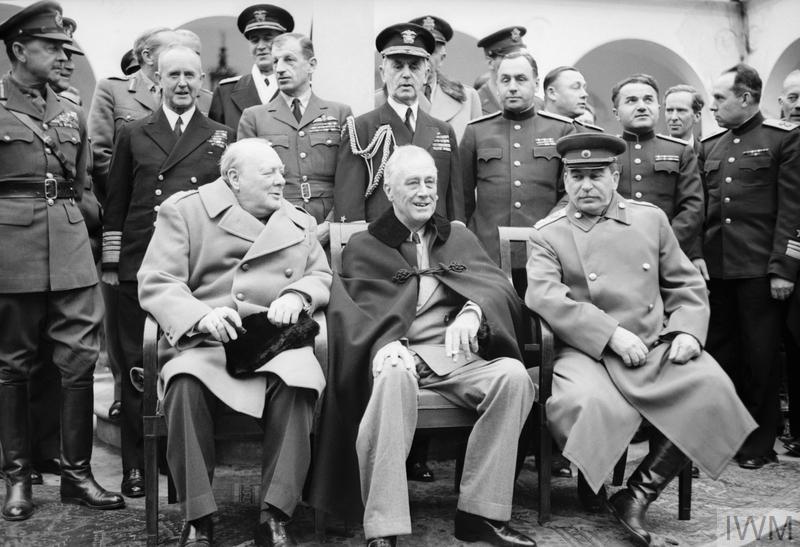The 1945 General Election

The 1945 election was the first general election to be held in Britain since November 1935. It was held on 5 July 1945, with the result announced three weeks later on 26 July 1945 to allow the votes of those serving overseas to be counted.
From May 1940 to May 1945, Britain had been governed by a coalition government, with Conservative MP Winston Churchill as Prime Minister. Churchill had proved himself to be a popular leader during the Second World War, so he was confident that the Conservatives would win this election based on his wartime success.
Instead, in one of the biggest electoral swings of the twentieth century, the Labour Party won the general election decisively, winning 393 seats, while the second-placed Conservatives only secured 197. With an emphasis on social reform, the Labour Party’s manifesto was strongly influenced by the Beveridge Report and included a commitment to full employment, affordable housing, and social security and health care for all.
In contrast, the Conservative campaign focused on Churchill’s popular appeal, lowering taxation, maintaining defence spending and encouraging private business interests. While Churchill acknowledged a need for social reform, he argued that this should be done privately rather than by the government, claiming that Labour would need 'some kind of Gestapo' to implement such reform.
Despite Churchill’s concerns, the Labour Party’s emphasis on social reform clearly appealed to many voters, who gave Labour a landslide victory at the polls and a clear mandate for change.



